How to Draw a Stick Figure
Embarking on the fundamental skills of illustration, I’ve designed this lesson on how to draw a stick figure. This simple guide is crafted to introduce my readers to the basics of form and proportion, using a stick figure as a friendly starting point. With easy steps, anyone can begin their journey into drawing confidently and joyfully.
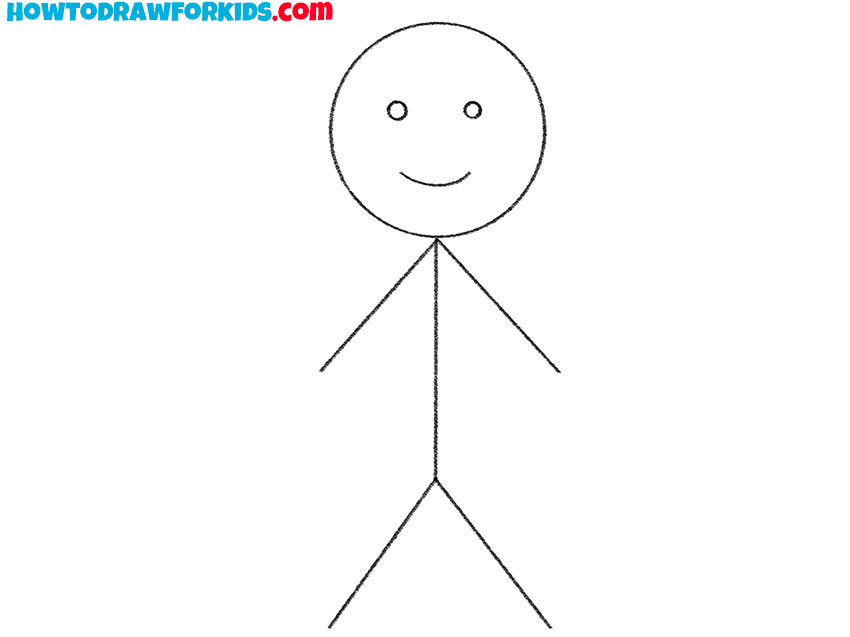
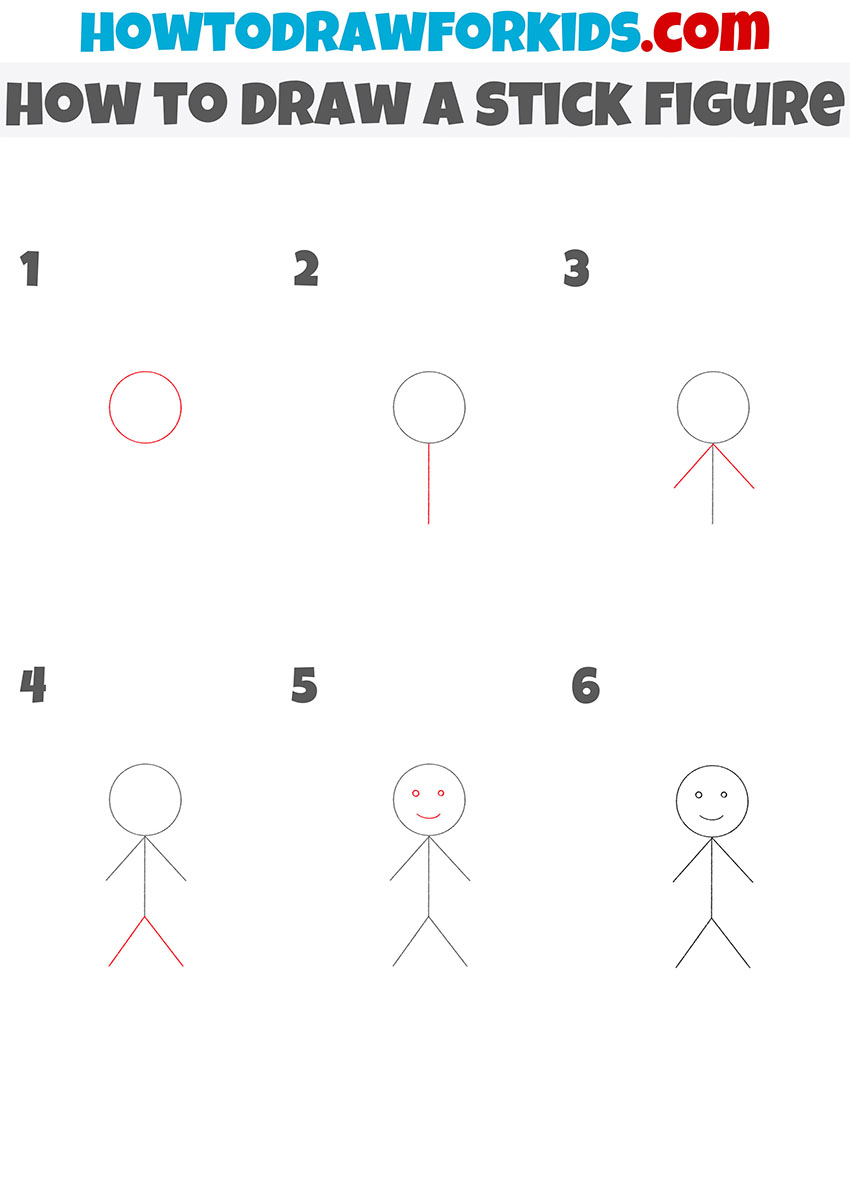
How to Draw a Stick Figure: Basic Information
Drawing begins with the basics, and there’s no more basic a form than the stick figure. In this lesson, I’ll guide you through how to draw a stick figure, showing that even the simplest drawings can be full of life and expression. My method is easy, perfect for anyone looking to brush up on their foundational drawing skills.
In this tutorial, the stick figure is brought to life with a few strokes – a round head, a line for the spine, and simple appendages. The beauty of this method lies in its adaptability; the stick figure can be modified to capture different actions and emotions. I’ve honed these steps to be easily understandable, ensuring a satisfying drawing experience.
As we conclude, you’ll see how quick and fun it can be to draw a stick figure. It’s my hope that this exercise ignites your passion for drawing, showing that from the simplest figures can grow the most wonderful creations. So let’s continue to draw, explore, and most importantly, enjoy every line and curve along the way.
Stick Figure Drawing Tutorial
Materials
- Pencil
- Paper
- Eraser
- Coloring supplies
Time needed: 10 minutes
How to Draw a Stick Figure
- Draw the outline of the head.
To outline the head for the stick figurine, you should draw one circle on the top of the sheet.
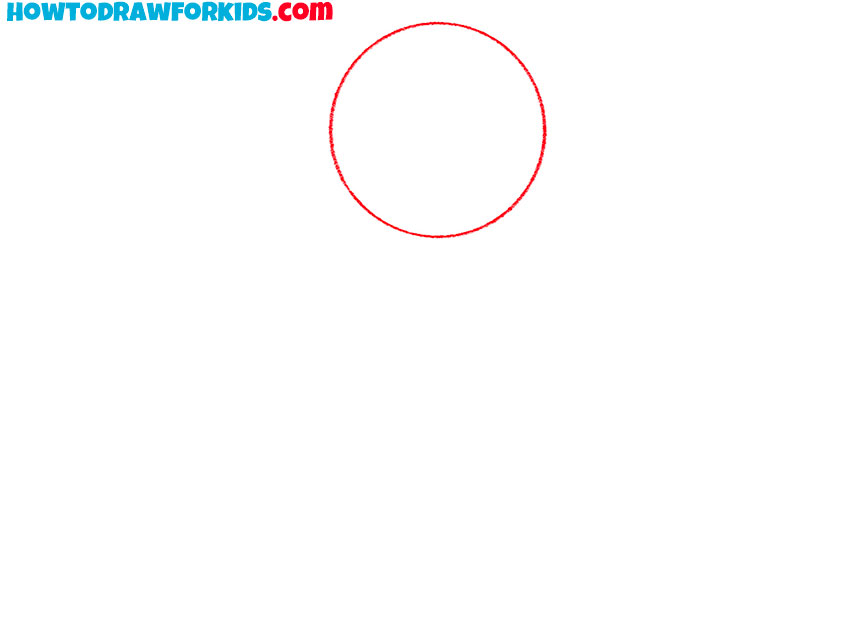
- Add the outline of the torso.
The contour of the torso when drawing the stick figure will be depicted as just one straight line.
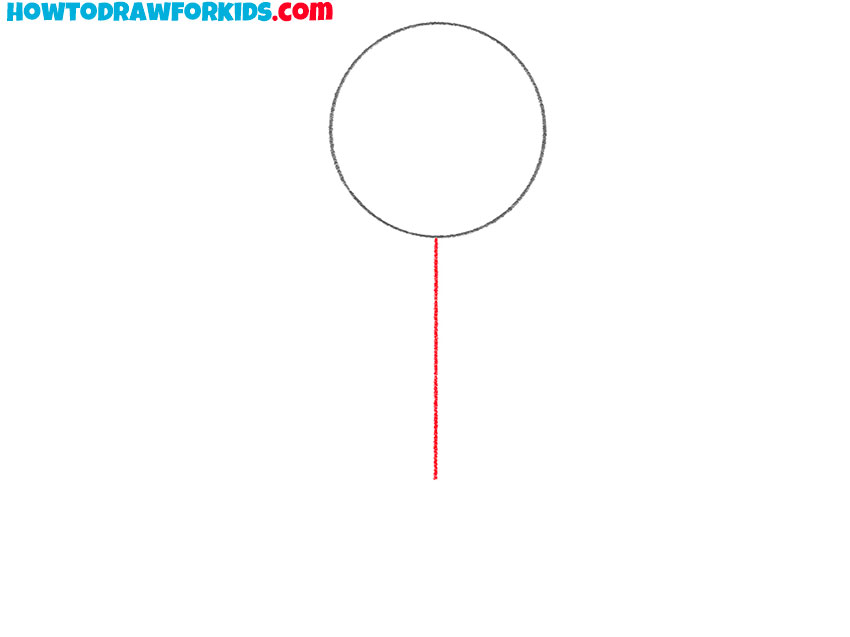
- Depict the arms.
Sketch out two identical symmetrical straight lines on the sides of the torso line.
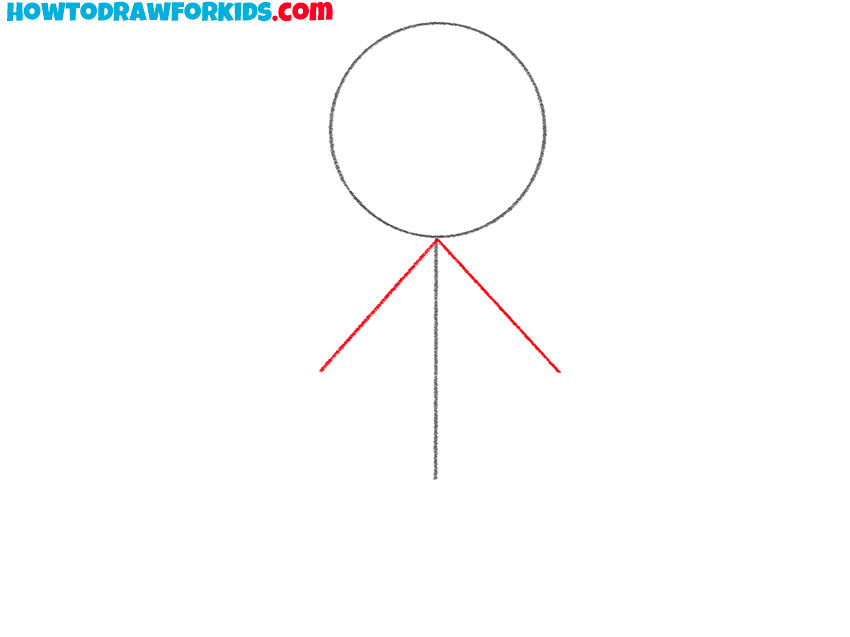
- Draw the legs.
From the bottom point of the torso line, depict two identical straight lines in different directions.
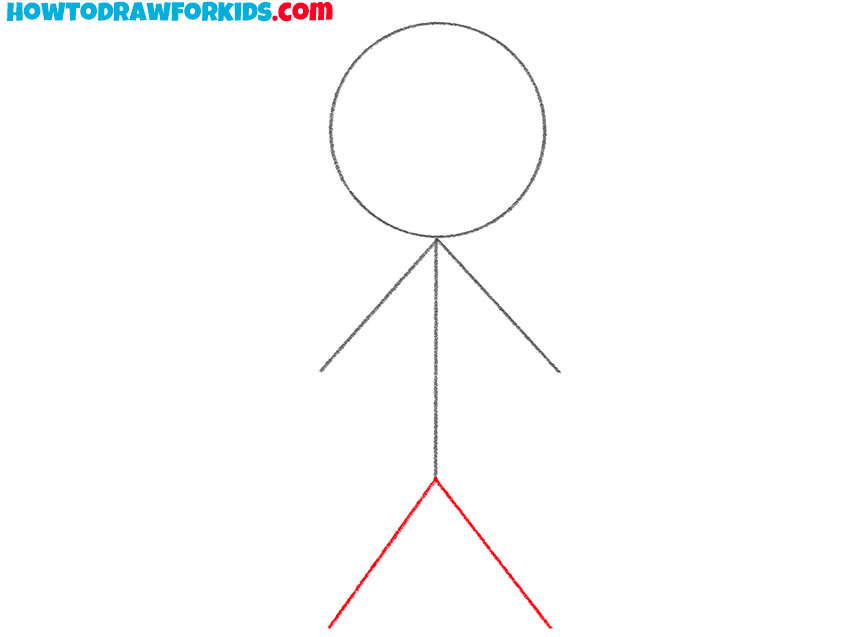
- Add facial features.
Inside the outline of the head, draw two circles and one arc to depict the eyes and mouth.
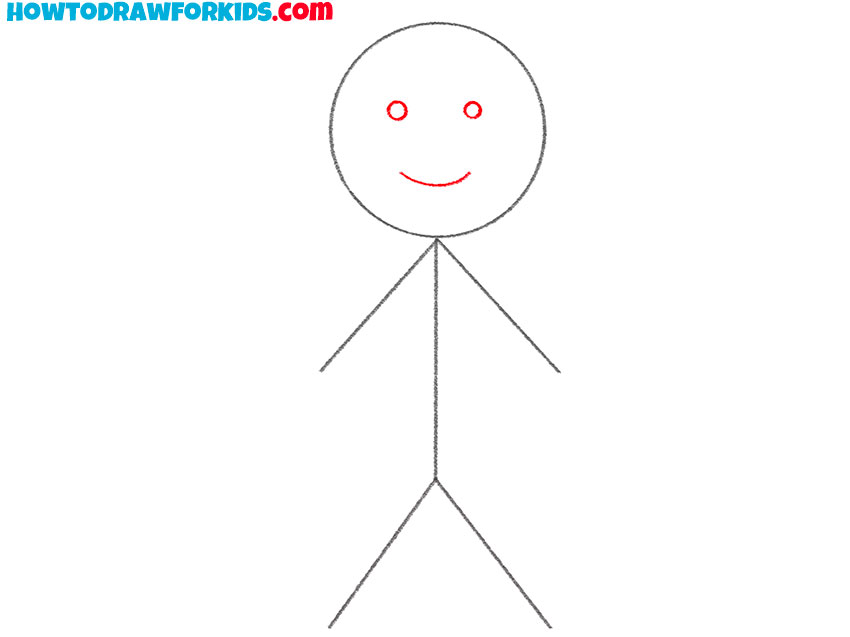
Additional Content
To bolster your drawing journey, I’ve fashioned a free PDF file encapsulating this stick figure lesson. It’s designed for you to download and refer to anytime, granting you the freedom to practice drawing stick figures without internet constraints. This compact version ensures that the essence of the lesson is always within reach.
Carry this PDF as a pocket-sized mentor, ready to guide your hand through the stick figure drawing process wherever you are. Its convenience means you can pull it out for a quick sketch session, whether you’re on a break or on a bus, reinforcing the lesson’s core principles at your own pace.
I encourage you to utilize this PDF as a tool for continuous improvement. It’s more than just a lesson; it’s a foundation for growth in your artistic pursuits. Let it be your constant companion as you master the art of drawing stick figures, transforming simple lines into expressive creations.
Alternative Drawing Technique
To enrich your artistic repertoire, I’ve devised an alternative technique for drawing stick figures. This additional method is crafted to enhancing your ability to convey motion and emotion through the simplicity of stick figures. Practicing with this technique will sharpen your observational skills and breathe life into your line work.
This alternative technique I’ve provided will not only augment your training but also inspire creativity. With regular practice, you’ll see your stick figures evolve from static lines to dynamic characters full of life and narrative potential.
How to Draw a Stick Figure in a Different Pose
To draw a stick figure in a different pose from the first method, start by drawing a circle for the head, just as before. Then, instead of a straight vertical line for the body, add a line at an angle to suggest a leaning posture or movement. This initial stance sets the dynamic tone for your figure.
Next, instead of straight lines down for the legs, draw them in a walking or stepping position. One leg could be straight as if it’s the weight-bearing leg, and the other could be bent at the knee to indicate a step. For the arms, position them in a way that complements the legs.
For the final touch, add the facial features with the expression matching the movement. If the stick figure is stepping forward, a forward gaze with a smile can show purpose and happiness in the step. Remember, even with stick figures, the line of action is crucial for conveying movement and emotion.
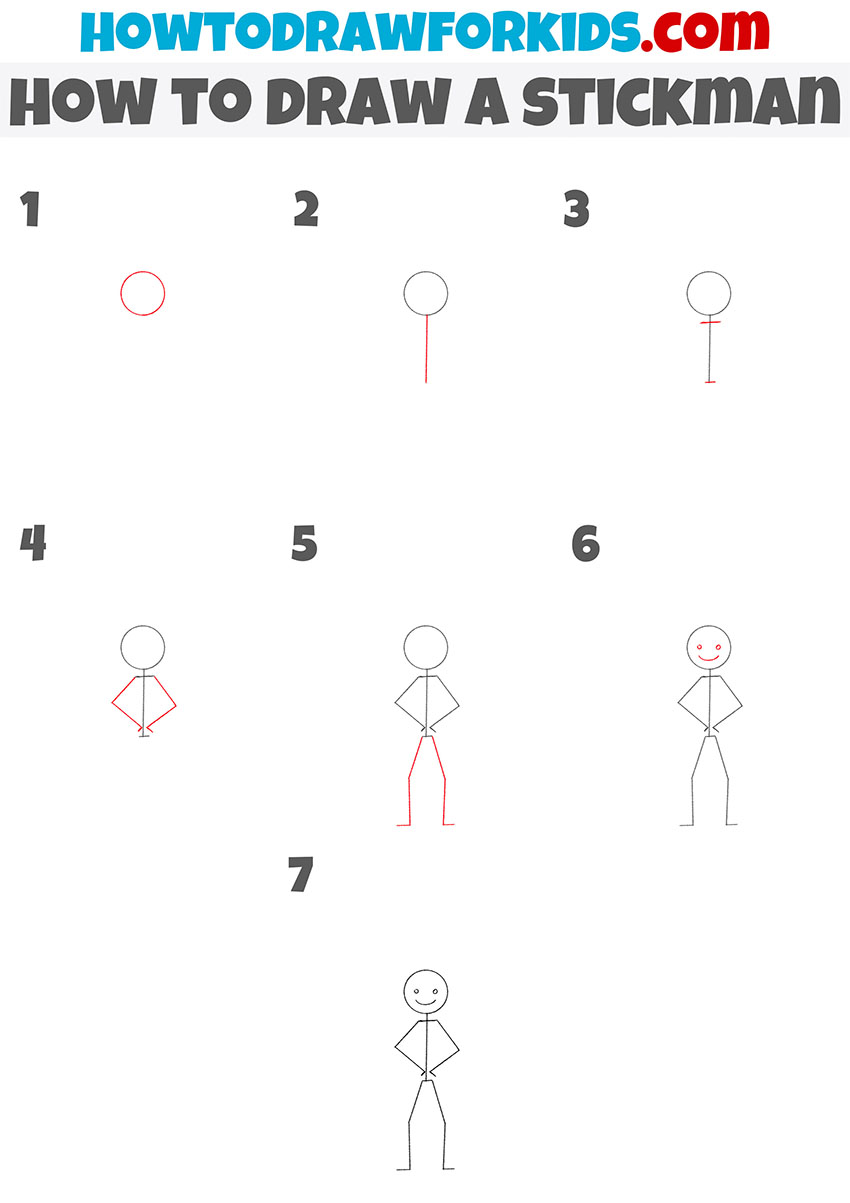
Elevating Your Stick Figures: Technical Nuances
As we bring our stick figure drawing session to a close, it’s valuable to reflect on the technical nuances that can elevate a simple sketch to a work of expressive art. Mastering these subtle yet significant details can dramatically improve the quality and expressiveness of your drawings. Here are some key technical points to consider:
- Proportion: Even with stick figures, maintaining correct proportions is crucial. The size of the head relative to the body, and the length of the limbs, can affect the overall harmony of the figure.
- Balance: A stick figure should convey a sense of balance. When drawing in different poses, consider the distribution of weight and how it affects the stance of your figure.
- Line Quality: Varying the thickness and boldness of your lines can add depth and a sense of dimension to your stick figures, making them pop out from the page.
In summary, these technical nuances are the threads that weave together to create a more polished and lively stick figure. As you continue to practice drawing, keep these points in mind.
They are the small brushstrokes on the canvas of learning art, each one contributing to the larger picture of your developing skill. By paying attention to proportion, balance, and line quality, you’ll not only draw stick figures; you’ll breathe life into them.
Conclusion
Now that your stick figure stands proudly on the page, it’s time to stretch your artistic muscles further. Dive into my wide array of drawing lessons, such as capturing the muscular build of a bulldog or outlining the vast curves of a planet. Each tutorial is a new opportunity to enhance your drawing prowess.
Stay connected with me on social media to catch the latest tutorials and never miss a stroke of creativity. Your suggestions and feedback are invaluable; they help shape the future of our lessons. So, if there’s a particular subject you’re eager to draw, please leave a comment below the lesson.

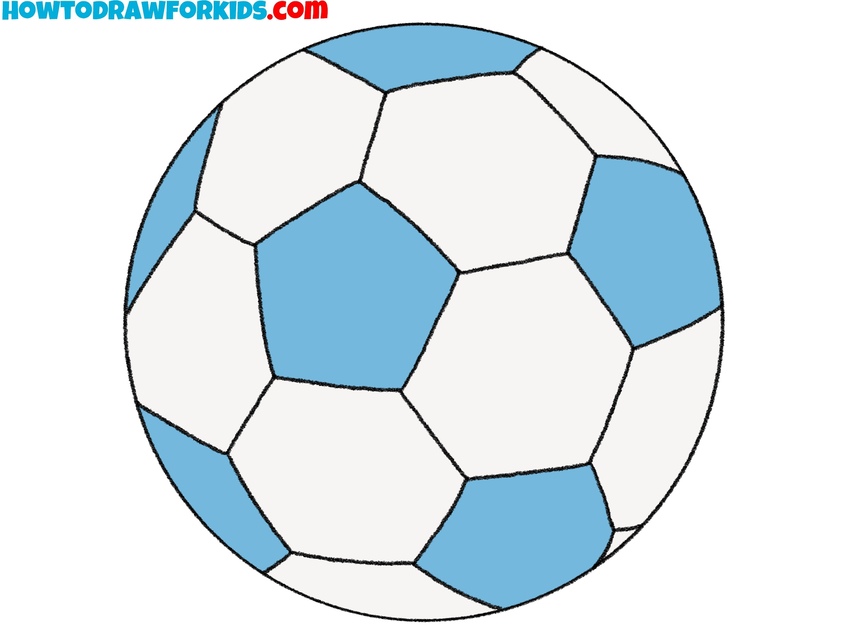
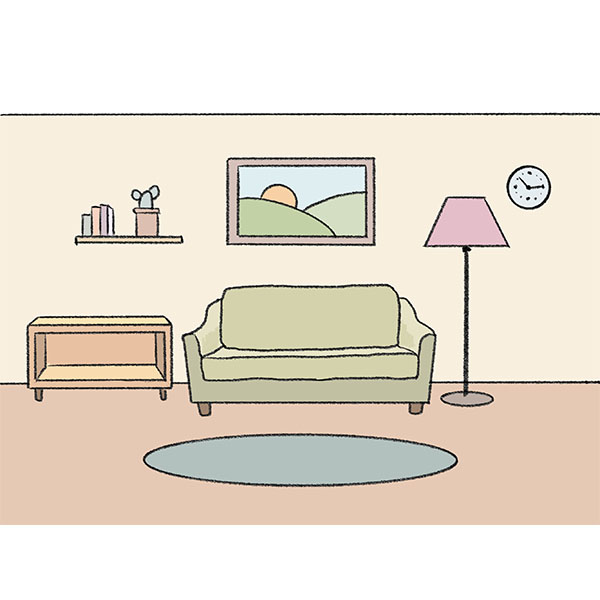
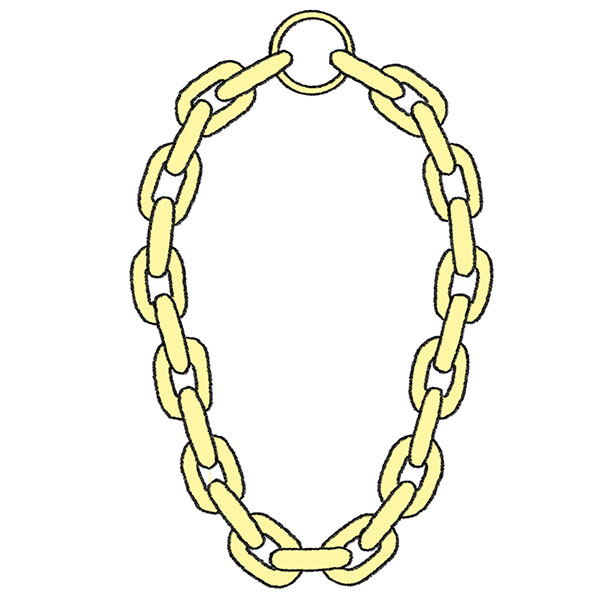
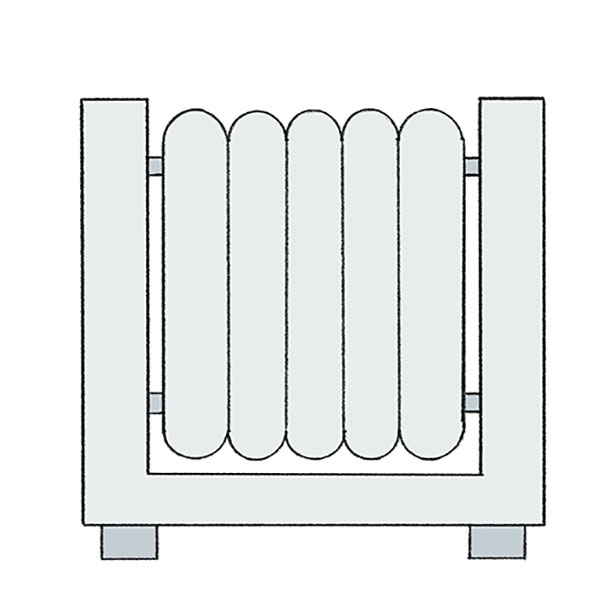
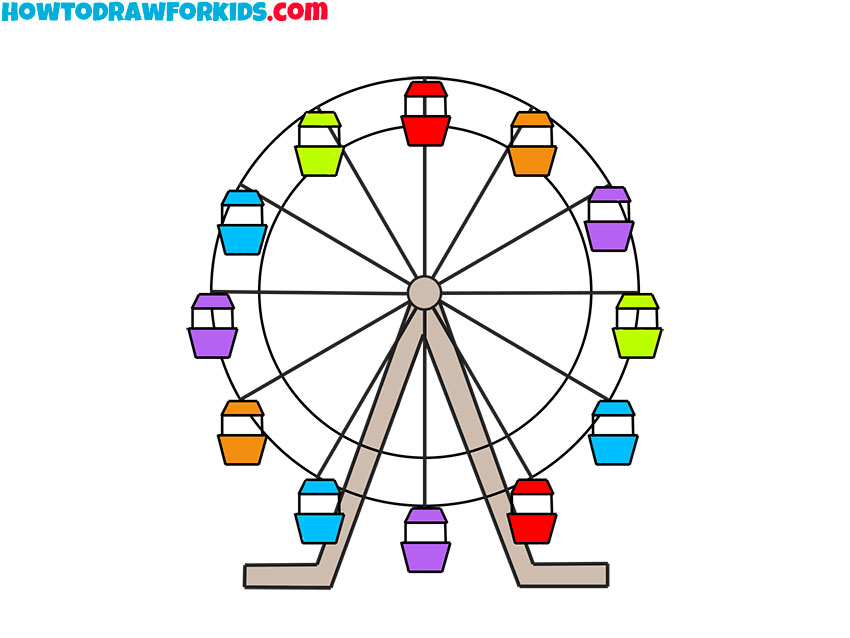
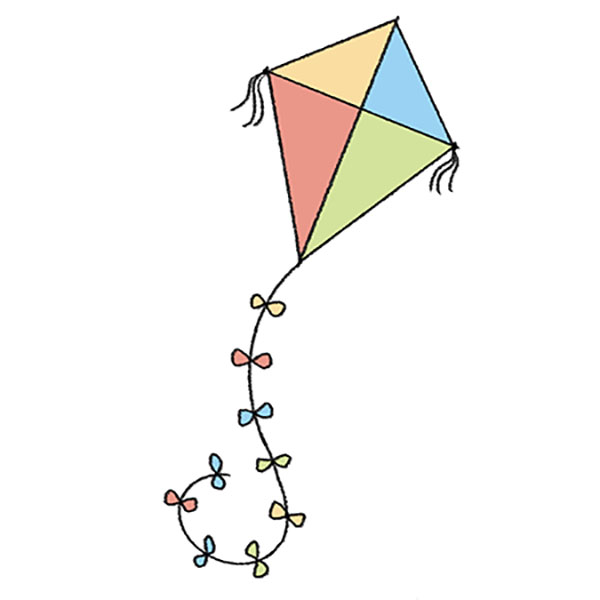
SOOOOOOO SKIBIDIIIIII